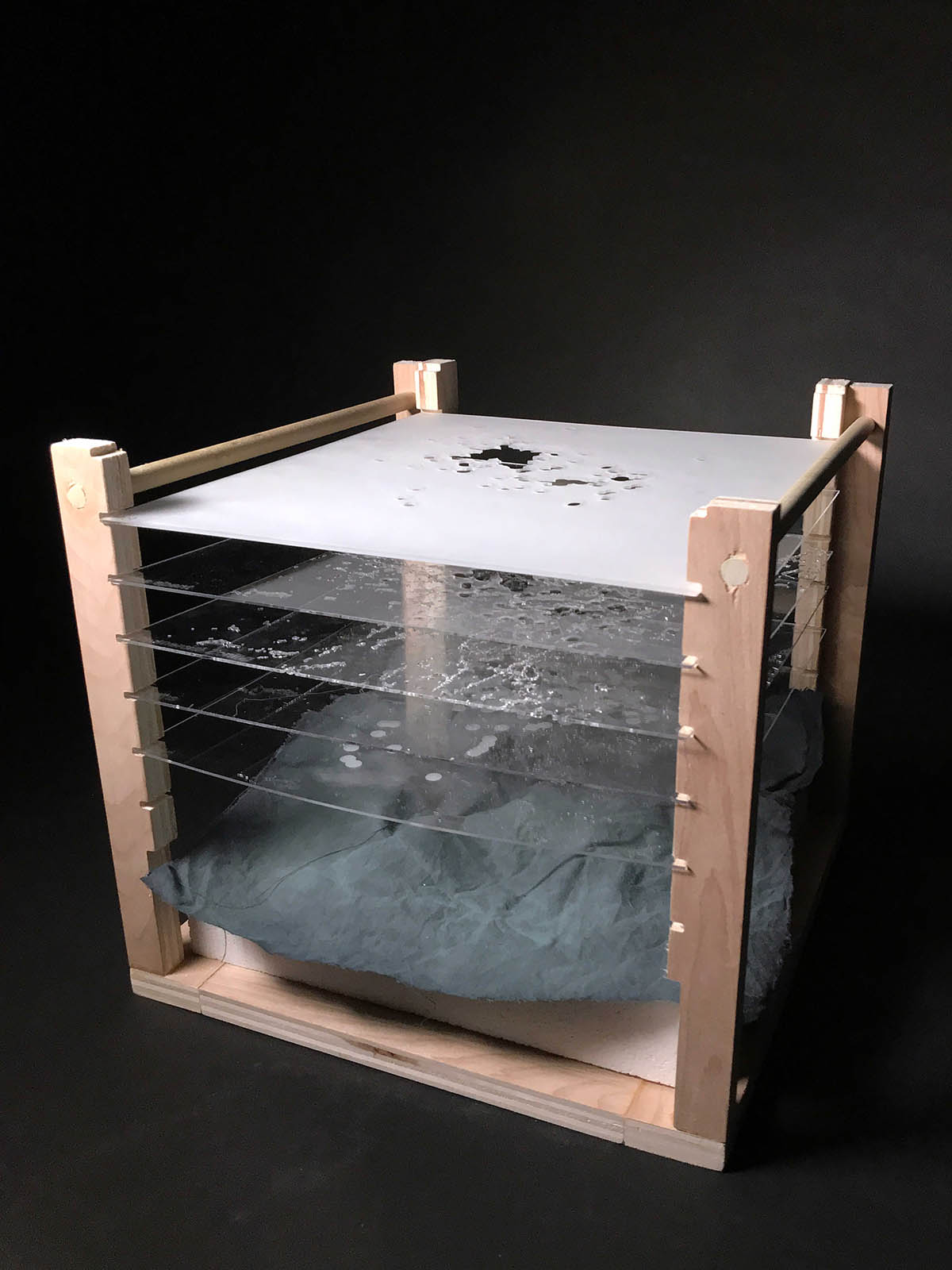Mapping: Geographic Representation and Speculation
Maps do not represent reality, they create it. As a fundamental part of the design process, the act of mapping results in highly authored views of a site. By choosing what features, forces, and flows to highlight—and implicitly, which to exclude—the designer first creates the reality into which their intervention will be situated and discussed. Furthermore, the usage and materiality of space is increasingly measured, categorized, and circulated by all manners of institutions; these competing data representations often become the primary way of understanding and responding to a site. Designers are in the difficult position of approaching these geographic datasets critically while simultaneously employing them in their work. It is not enough to represent complicated networks of site forces and interactions as a neutral backdrop to one's design; we are tasked with actively shaping them.
It is within the framework of a highly authored design process that this course presents the fundamentals of geographic analysis and visualization.
Over the course of a semester, students will work extensively with techniques of geospatial analysis in GIS. Using ESRI's ArcMap software, we will explore data sources, data models, topological overlays, map algebra, spatial statistics, terrain analysis, and suitability modeling, among others.
Students will learn how to embed these techniques within larger design workflows. We will address the visualization of spatial analysis in its various forms using Illustrator, Photoshop, and physical modeling. We will also treat mapping as an active part of the design process—where the speculative use of spatial data provides the context for 2-D and 3-D design proposals in Rhino. These designs will then feed back into the GIS environment as additional layers for analysis and modeling.
Lastly, a portion of the semester will be devoted to visualizing geospatial data using the Processing language. The basics of coding with Processing will be taught with a specific focus on representing analysis produced by students in the GIS environment.
Course format: Each week will consist of a skills workshop devoted to a technique or workflow, and a lecture that situates these techniques critically in relationship to design. Students will be expected to complete weekly mapping exercises and short reading assignments in preparation for the class. During the semester, there will be two main projects combining advanced mapping techniques with a student’s own research interests.
Prerequisites: None. No previous experience with ArcMap or Processing is assumed. Confidence with Rhino, Adobe Illustrator and Photoshop is preferred.
?
Projects
-

INTRODUCING GIM: Geographic Information Machine
Robert Pietrusko, Instructor
Fall 2018